How is sage different from lavender?
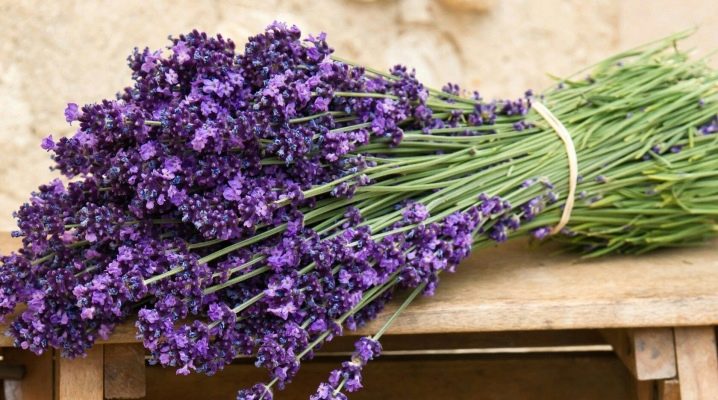
For people far from botany, at first glance, a lavender field is no different from a sage field. But if two plants are placed side by side, the differences will already be obvious. Oak sage, which has a similar color scheme with lavender, is especially often confused.
Let's try to analyze both plants and draw conclusions on a comparative basis. To understand the topic more thoroughly, let us dwell in more detail on the origin, growth, appearance, aroma and economic use of these types of essential oil plants.
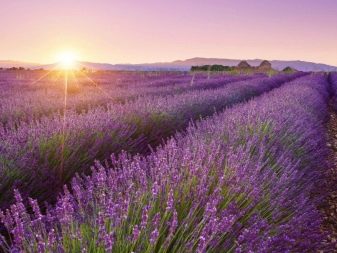
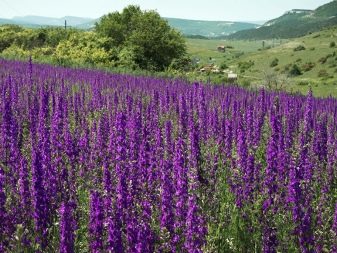
Origin
Let's start with what unites them. Both species by origin - southerners, prefer the same soil composition, love sun-drenched areas. Sage and lavender are appreciated and used by perfumers for their products. Lavender and sage belong to the same family - Lamiaceae, which explains to some extent their external similarity.
Today, there are 47 types of lavender, all of them grow in Africa, Australia, and the Middle East. In southern Europe, the shrub is found in the wild and in cultivated plantations. The most beautiful lavender fields in the south of France have become the hallmark of the Provence style. In interiors and landscape design, lavender shades and decorative species of the plant itself are used.
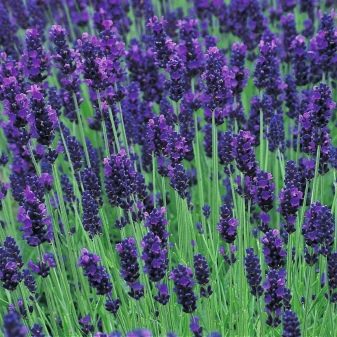
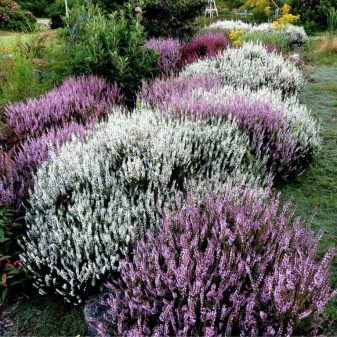
Sage is less romantic but more common. The Latin name salvus, denoting genus, translates as "to be healthy"... Since ancient times, the properties of flowers have been used as medicinal ones. Sage has about 700 species, and one of them is called medicinal.
The plant is native to Southeast Europe today in the wild can be found in most European countries, in North and Central America. Some varieties are thermophilic and do not leave the south of Europe, but many in natural conditions have perfectly taken root in central Russia, the Caucasus, and Siberia.
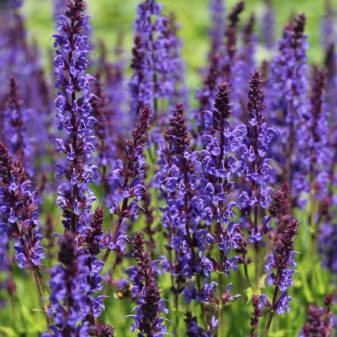
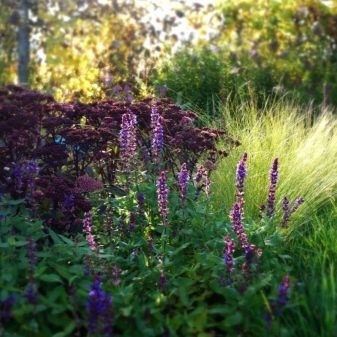
To summarize: both plant genera got their distribution from the south of Europe. Sage has moved far north along the continent, and lavender north of its range can only be found in cultivated form. Both shrubs grow in dry, sunny areas, only sage is ubiquitous, and lavender prefers mountain meadow slopes.
Comparison of appearance
To understand the visual difference between sage and lavender, here's a botanical description of both plants.
Lavender
As an example, consider the external characteristics of the most common species - narrow-leaved lavender. A perennial evergreen semi-shrub plant with a deep (2 m) fibrous root. It has multiple branching greenish-silvery shoots, lignified from below and growing upward by 30-90 cm.
Leaves are elongated, linear, oppositely located. Two-lipped flowers of lilac-lilac color are collected in 6, 8 or 10 pieces in the shape of an ear. The dry fruit contains brown-yellow seeds with a glossy surface.
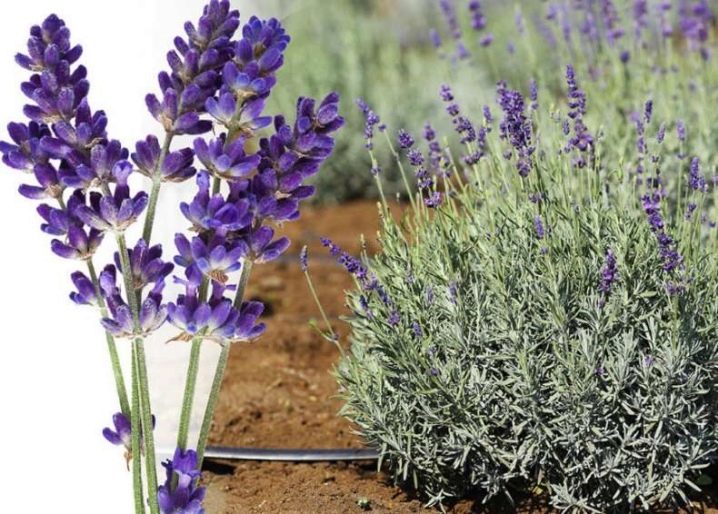
Sage
Most of all, oak sage is similar to lavender, its description will be used for comparison purposes... A semi-shrub or herbaceous plant with a powerful root and multiple upright branches.
It has compound leaves - the lower ones are oblong with slight deformation, the upper ones are noticeably smaller than the lower ones. Spike-shaped inflorescences grow up to 40 cm. The flower cups are tubular-bell-shaped blue-violet.
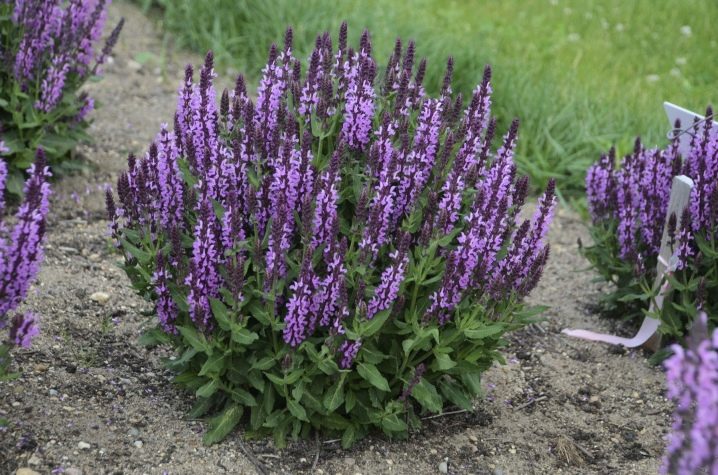
If you compare two types of plants, you can immediately notice their distinctive features.
-
Sage has a woolly stem. Hair can be seen with the naked eye or felt tactilely.The stem of lavender is even and smooth.
-
Sage leaves are noticeably larger than lavender and consist of lower (large) and upper (small) ones. They have a rustic shape, dark green color. In lavender, the foliage is small, of the same size, refined, with a silvery sheen, and looks decorative.
- Inflorescences in sage they are large, loose, and in lavender they are collected in a dense, organized ear.
It is worth noting that lavender is an evergreen plant, it is beautiful even in winter, while the ground part of sage dies off by the cold, and in spring it begins a new development.
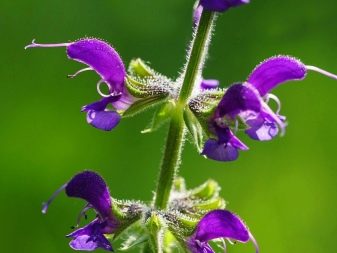
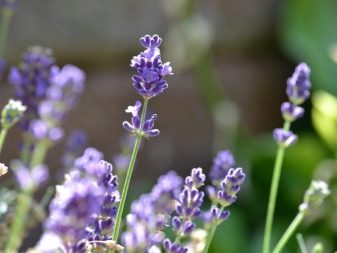
Differences in aroma
Both plants are actively pollinated by insects, which are attracted by their persistent scent. Both sage and lavender are essential oil plants, but they have different smells.
Lavender is more oily, it has a rich, but not heavy, but a very peculiar aroma with a light woody undertone. It feels cool, fresh juiciness and at the same time softness, tenderness and serene calmness. Fans of lavender color believe that a pillow filled with inflorescences promotes high-quality and deep sleep.
All types of sage have an unusual, pungent odor with viscous tart notes, but clary sage remains the leader in aromas. In its complex fragrance, the presence of amber, bergamot, pine needles, orange is caught, it smells of spices, for which it is used in cooking.

Final comparison
Having found out where both plants grow, how they look and smell, how they develop and reproduce, comparative conclusions can be drawn.
The lavender bush planted in the garden cannot be ignored. It requires shaping, timely trimming, otherwise it will quickly lose its beautiful appearance. - it will stretch out, become thinner, a dense ear of inflorescences will thin out, acquire "bald spots".
Sage every spring produces fresh shoots that do not lose their aesthetic appeal, even without proper care. It will be good and fresh until frost, then wither. The drooping plant is removed, and in the spring new shoots are obtained.
Lavender is more capricious and requires care, but in the southern regions, unlike sage, it pleases with its greenery in winter.
In the wild, lavender can be found only in the south of Europe, and sage has moved far along the continent towards the north, therefore it has adapted to winter, leaving its ground part at the mercy of frost.

During the breeding season of sage and lavender, there is also a difference between these plants in the garden. The herbaceous sage bush is easy to separate and plant, and the stiff lavender dwarf shrub has to be chopped off with a shovel, which makes the planted parts sick for a long time. For lavender, a more gentle propagation method would be cuttings or cuttings.
It is better to plant seedlings from the seeds of both plants, and then transfer them to open ground. Sage sprouts quickly and does not create problems even during field sowing or self-seeding. In lavender, due to the large amount of essential oils in the seeds, germination is difficult.
It is generally impossible to grow a crop from seeds at home without stratification.


These are such different plants - sage and lavender, and many visually cannot even distinguish them from each other.







































































































The comment was sent successfully.